Frederica Freyberg:
Now a follow-up on reporting from our partners at WisContext on medical supply shortages. Shortages resulting from Hurricane Maria in Puerto Rico, where IV fluid products for the U.S. are produced. The supply of these products and others used daily and in quantity at facilities like UW Hospital in Madison. We check in now with Philip Trapskin, manager of patient care and services at UW Health, who joins us from Washington, where he just met with staff from the offices of Senator Tammy Baldwin and Speaker Paul Ryan to brief them on this problem. Thank you so much for joining us.
Philip Trapskin:
Great to be with you.
Frederica Freyberg:
A letter to Congress last month said that the hurricane in Puerto Rico heavily compromised pharmaceutical manufacturing, which leaves the U.S. health care, this letter said, “… on the brink of a significant public health crisis.” What is the situation now?
Philip Trapskin:
The hurricane shed some light on vulnerabilities that exist within our supply chain within health care. Drug shortages have been a problem within health care for many years and the fact that all of these fluids were made on an island that was prone to — or that was potentially affected by hurricanes is just one of the many vulnerabilities that exist today.
Frederica Freyberg:
And my understanding is that virtually all of these products come from Puerto Rico. Is that right?
Philip Trapskin:
Well, there’s three main manufacturers in the IV fluid marketplace. And one of the lines of fluids, the fluids that are used to mix up drugs that patients need, things like antibiotics and chemotherapy pain medications, they require a smaller bag to put drugs in to safely administer it. All of the production of those bags from one of the largest vendors was from Puerto Rico.
Frederica Freyberg:
Describe what’s in critical short supply at your hospital.
Philip Trapskin:
So the smaller bags that we mix drugs in, it’s something that we use approximately 30,000 doses a month. We needed to find an alternative for all 30,000 of those doses when production in Puerto Rico stopped. The marketplace quickly dried up, no pun intended, to make those medications differently. And so we used a lot of different mechanisms to make that happen. Luckily, no adverse outcomes have happened with patients at UW. We’ve been able to provide all the medications we need. But it does put strain on the system in terms of opportunities for medication errors whenever you quickly implement new work flows within health care.
Frederica Freyberg:
Yeah, cause what kind of a scramble is that?
Philip Trapskin:
Well, it’s a lot of work. It’s a big team. It involves things like the pharmacist and the pharmacy technicians that work in the IV rooms learning and researching what different concentrations can be made. We needed to rent equipment to–instead of administering things via bags, we administered them through syringes. There’s training of staff that needs to happen. There were over 1,000 medications within our electronic medical records that we needed to reconfigure to make them for patients as part of the shortage.
Frederica Freyberg:
Is it the same across Wisconsin and in other states?
Philip Trapskin:
Yes, it is. Through the network that I have of other hospital pharmacists within Wisconsin, we’ve done a couple surveys. One shortly when the crisis started and one as recently as this week. And they all have similar stories to tell about medications being hard to get. Obviously IV fluids have been one of the focus. Another medication that’s made on the island that was difficult to come by is intravenous potassium. An electrolyte your body needs. And hospitals right now are also currently dealing with severe shortages of IV opioids or medications like morphine. Medications that treat seizures like Lorazepam. And it’s not a new phenomenon, but one that continually puts strain on the system.
Frederica Freyberg:
Right. Because I was going to ask you about your sounding the alarm on drug shortages in general even apart from hurricanes on islands. Why is that happening?
Philip Trapskin:
Well, in general, if you think about the infrastructure–things like roads and bridges–they need to be maintained over time. And when you want to build roads or bridges, it takes a large infusion of capital to do so. Because many of these medications are generic and no longer protected by patents, it’s easy for people to get into the marketplace, but the amount they’re able to charge for those medications is much less. So players come in and out of the market and don’t always maintain their factories as well as they could. And so one of the things that happens is sometimes there’s supply interruptions because of quality issues at the different manufacturers. One of the fluid manufacturers prior to the hurricane needed to shut down temporarily because of quality issues. Also, just the general capacity to make some of these medications can’t keep up with demand. So the folks that make the IV fluids run their factories pretty much continuously, 24 hours a day all year and maybe shut down for a couple weeks of maintenance around Christmastime. So we’re actually nervous given the way the fluids exist today that we usually see a demand rise around this time of year with things like influenza and other illnesses that happen in the winter. And the fact that the companies typically take a break from production causes additional strain on the system.
Frederica Freyberg:
Well, you’re in Washington trying to —
Philip Trapskin:
Those are just a couple —
Frederica Freyberg:
Sorry. There’s a little bit of delay. But you’re in Washington trying to tell people about this issue. What can be done about it?
Philip Trapskin:
Well, in 2012, when the authorization that Congress does to fund the FDA went through, a number of measures were put in place. And those measures have helped. However, we feel like more can be done. And really we’re bringing awareness to the Wisconsin delegation about the issue. And then working with them to brainstorm ideas that might help. Some things that I personally think could make a difference would be figuring out if there’s ways to better incentivize the production of some of these critical medications that are kind of the baseline or essential medications that a hospital needs, things like antibiotics, IV fluids, things to resuscitate people when they have a cardiac arrest. And incentivize those to be made here in the U.S. but also incentivize them to be made in quantities sufficient to meet the demand of our health care system. So many of these things are also manufactured, not only in places like Puerto Rico but overseas in countries like China. Some people feel like there would be an opportunity to bring some of that manufacturing back to help with jobs, but also to prevent any potential national security type issues that could arise if we’re too dependent on any one company that’s located outside of the U.S. to rely on that for our health system.
Frederica Freyberg:
All right. We need to leave it there, but thank you for bringing awareness to this really critical issue. Philip Trapskin, thanks very much.
Philip Trapskin:
Thank you.
Search Episodes
Related Stories from PBS Wisconsin's Blog

Donate to sign up. Activate and sign in to Passport. It's that easy to help PBS Wisconsin serve your community through media that educates, inspires, and entertains.
Make your membership gift today
Only for new users: Activate Passport using your code or email address
Already a member?
Look up my account
Need some help? Go to FAQ or visit PBS Passport Help
Need help accessing PBS Wisconsin anywhere?

Online Access | Platform & Device Access | Cable or Satellite Access | Over-The-Air Access
Visit Access Guide
Need help accessing PBS Wisconsin anywhere?

Visit Our
Live TV Access Guide
Online AccessPlatform & Device Access
Cable or Satellite Access
Over-The-Air Access
Visit Access Guide
 Passport
Passport


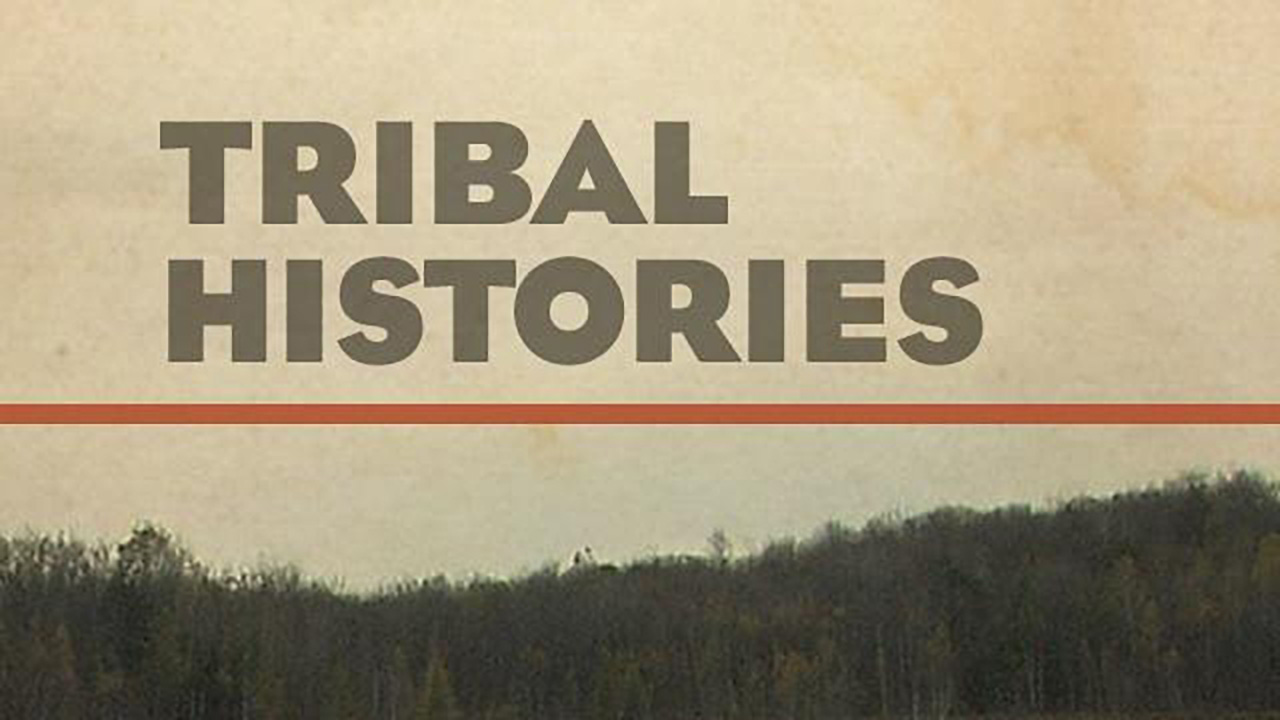
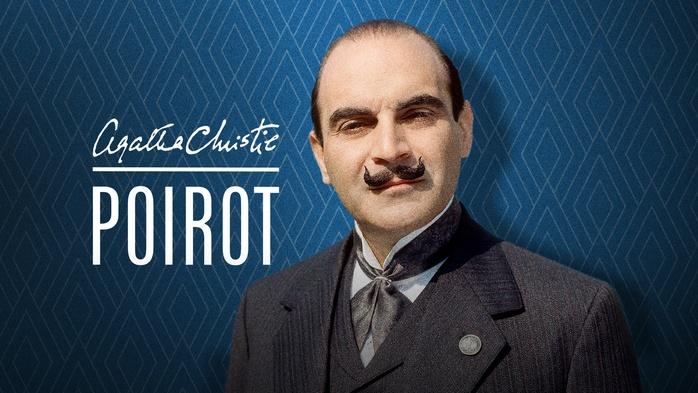



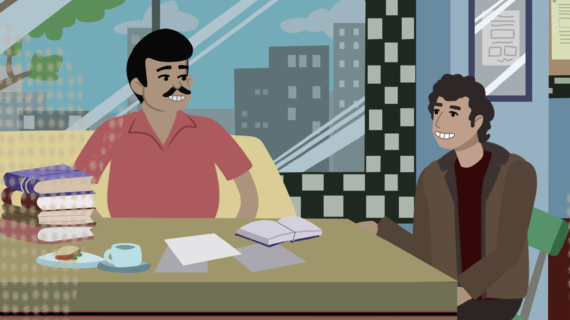
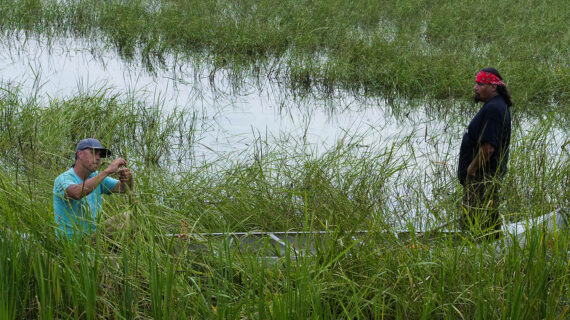

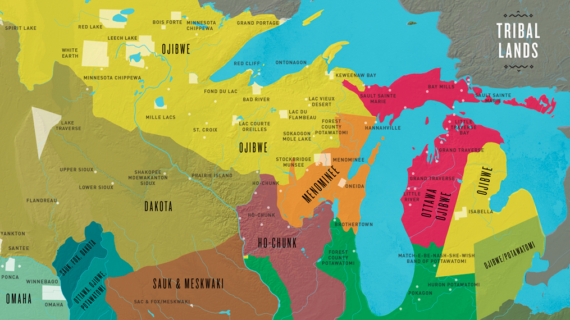
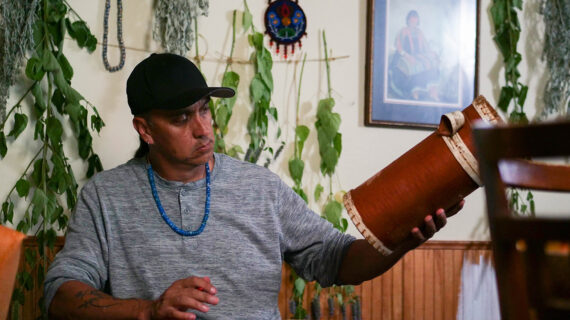


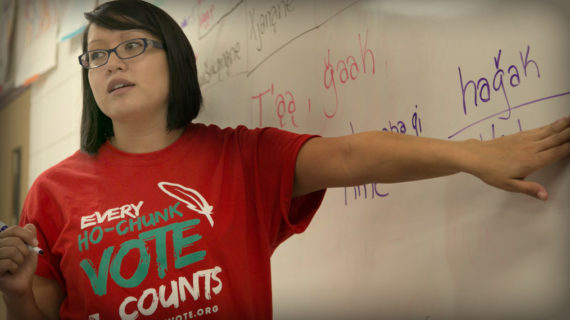

Follow Us